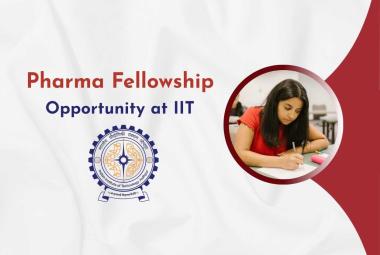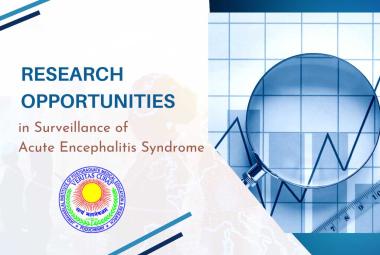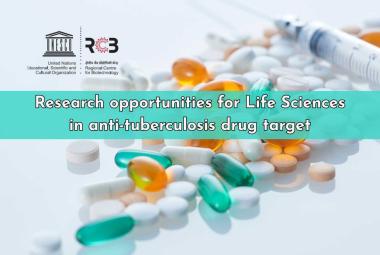Amarantus Bioscience Holding Inc. , a biotechnology company focused on developing products for Regenerative Medicine, Neurology and Orphan Diseases, announced that it has requested Rare Pediatric Disease Designation (RPDD) and Orphan Drug Designation (ODD) from the US Food and Drug Administration (FDA) to treat GCMN with Engineered Skin Substitute (ESS). It is estimated that the incidence of GCMN, a rare dermatological condition present at birth, is between 8 and 80 births annually in the United States.
[adsense:336x280:8701650588]
The FDA defines a "rare pediatric disease" as a disease that affects fewer than 200,000 individuals in the U.S. primarily aged from birth to 18 years. Under the FDA's Rare Pediatric Disease Priority Review Voucher program, a sponsor who receives an approval of a new drug application (NDA) or biologics license application (BLA) for a rare pediatric disease may be eligible for a voucher, which can be redeemed to obtain expedited FDA review for any subsequent marketing application. Vouchers may be sold or transferred by the recipient; in the last 6 months, 2 priority review vouchers have been sold for a combined $595M in cash.
The FDA Orphan Drug Designation program provides a special status to drugs and biologics intended to treat, diagnose or prevent diseases and disorders that affect fewer than 200,000 people in the U.S. This designation provides for a seven-year marketing exclusivity period against competition, as well as certain incentives, including federal grants, tax credits and a waiver of PDUFA filing fees.
Giant Congenital Melanocytic Nevus, a rare pediatric condition (also known as "Bathing trunk nevus," "Garment nevus," "Giant hairy nevus", and "Nevus pigmentosus et pilosus"), is defined by one or more large, darkly pigmented and sometimes hairy patches. The congenital (present at birth) melanocytic nevus appears as a circumscribed, light brown to black patch, potentially varying in consistency, covering any size surface area and any part of the body. As compared with melanocytic nevi that arise after birth, congenital melanocytic nevi are usually larger in diameter and may have excess hair, a condition called hypertrichosis. The estimated prevalence for the largest melanocytic nevi is 0.002% of births in the US.
A serious risk factor for the largest CMN concerns the incidence of melanoma, which can be up to 10%. Generally, melanoma in patients with large to giant CMN occurs within the first decade of life with the greatest incidence rate before age 5 and has a high fatality rate. A second life-threatening complication of the larger forms of CMN is neurocutaneous melanocytosis (NCM), a neurological and dermatological disorder characterized by abnormal cellular aggregations within the central nervous system and the skin. The incidence of NCM ranges between 5 and 15 % in this CMN patient subset; death usually occurs within 2-3 years of diagnosis of symptomatic NCM.
[adsense:468x15:2204050025]
Engineered Skin Substitute (ESS) is a tissue-engineered skin prepared from autologous (patient's own) skin cells. It is a combination of cultured epithelium with a collagen-fibroblast implant that produces a skin substitute that contains both epidermal and dermal components. This model has been shown in preclinical studies to generate a functional skin barrier. Most importantly, because ESS is composed of a patient's own cells, it is less likely to be rejected by the immune system of the patient, unlike with porcine or cadaver grafts in which immune system rejection is a possibility. ESS has been used in an investigator initiated clinical setting in over 130 human subjects, primarily pediatric patients, for the treatment of severe burns up to 95% total body surface area.







